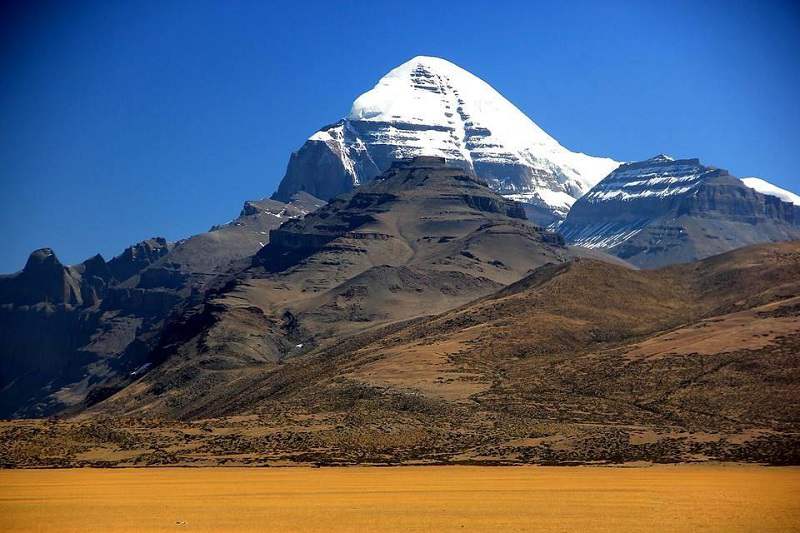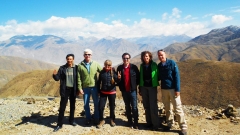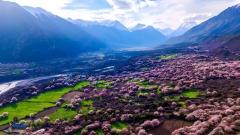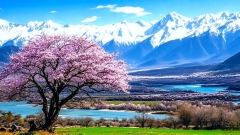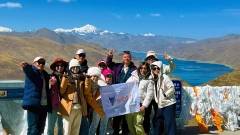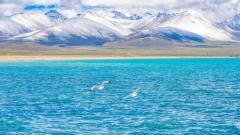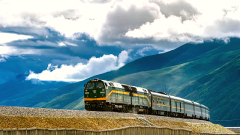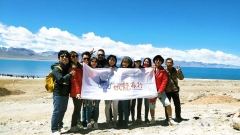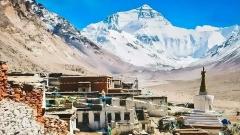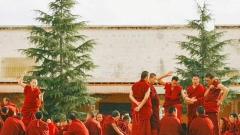Mount Kailash, standing at an altitude of 6,638 meters, is revered as a sacred mountain by four major religions. In Buddhism, it is known as Mount Sumeru; in Hinduism, it is considered the abode of Lord Shiva. Though no one has ever summited it, this holy peak draws countless pilgrims and travelers every year. A journey to Mount Kailash is not only a high-altitude adventure but also a spiritual cleansing of the soul.
This article provides a comprehensive guide to traveling to Mount Kailash, including how to get there, trekking the kora (circumambulation), essential tips, and the best times to visit.
Where is Mount Kailash?
Mount Kailash is located in Pulan County, Ngari Prefecture, in the Tibet Autonomous Region of China. It lies near two sacred lakes: Lake Manasarovar and Lake Rakshastal, and is part of the Gangdise Mountain Range. About 1,200 kilometers from Lhasa, this is one of the most remote regions in Tibet.
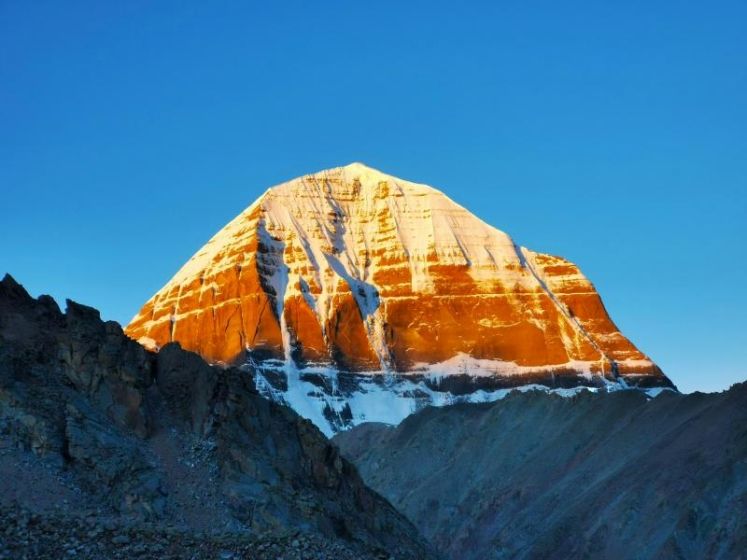
Mount Kailash
How to Get to Mount Kailash
1. From Lhasa
Since there are no commercial flights directly to Kailash, most travelers take this common route:
- Step 1: Lhasa → Ali (Shiquanhe Town)
By air: Fly from Lhasa Gonggar Airport to Ali Kunsha Airport (around 2 hours)
By road: Travel along either the Southern or Northern route of the Ali Highway (takes 4–6 days)
- Step 2: Ali → Pulan → Darchen (base town at Mount Kailash)
Charter a car or join a tour group. The drive from Shiquanhe to Darchen takes approximately 7–9 hours.
2. Entering from Nepal (Foreign Tourists Only)
Some international travelers can enter Tibet from Kathmandu via the Gyirong or Zhangmu border crossings, and then proceed to Ngari. This route is complex and must be arranged through a licensed travel agency.
Mount Kailash Kora Trekking Route
The kora, or sacred circuit around Mount Kailash, is approximately 52 kilometers long. The average altitude is about 4,700 meters, with the highest point being the Drolma-la Pass (5,630 meters). Most people complete the trek in 3 days and 2 nights, though fit hikers may finish in 1–2 days.
1.Recommended Itinerary:
Day 1: Darchen → Chuku Monastery (~20km, 6–8 hours)
Gradual ascent along the Lachu Valley, camping near Driapuk Monastery
Day 2: Chuku Monastery → Drolma-la Pass → Zutrulpuk Monastery (~22km, 8–10 hours)
Cross the highest and most challenging section, Drolma-la Pass (5,630m), and camp near Dzultripuk Monastery
Day 3: Zutrulpuk Monastery → Darchen (~10km, 3–4 hours)
Mostly downhill, concluding back at the starting point, Darchen town
2.Altitude Sickness & Trek Difficulty:
Moderate to high difficulty due to altitude
Proper acclimatization and good physical condition are essential
Best Time to Visit
- Mid-May to early October is the ideal window for trekking.
- June to September offers the mildest weather and longest daylight—peak trekking season
- July is especially significant due to the Saga Dawa Festival, when pilgrims gather in large numbers, offering a profound spiritual experience
Food, Lodging & Supplies
Darchen Town:
Basic hotels, shops, and restaurants are available. This is the main hub for supplies and lodging before the trek.
Along the Kora Route:
- Driapuk and Dzultripuk have very basic guesthouses or monastic accommodations (shared rooms, no hot water)
- Bring your own sleeping bag and cold-weather gear for comfort
- There are virtually no food or supply stations during the trek—carry dry food, hot water, sunscreen, and windproof clothing
Practical Tips & Important Notes
1.Tibet Entry Permit & Ali Border Permit:
Foreign travelers are required to join a tour group organized by a licensed travel agency, as special permits are necessary for entry into and travel within Ngari. Chinese citizens must also obtain a border permit in order to visit the Ali region.
2.Physical Preparation:
At least 2 weeks of aerobic training is recommended before the trip
3.Environmental Responsibility:
All trash must be carried out—protect the sacred environment
4.Respect Religious Customs:
When walking around the mountain, always proceed in a clockwise direction, as going counterclockwise is considered deeply disrespectful. Refrain from photographing corpses or chortens, which are sacred stupas sometimes made from human bones. In monasteries, maintain a quiet and respectful demeanor, and remember to remove your hat upon entering as a sign of reverence.
More Than a Journey—A Spiritual Pilgrimage
Whether you’re drawn by faith, nature, or the challenge itself, Mount Kailash offers a deeply moving experience. Beneath the snow-capped peaks and amid the silence of the plateau, you may find yourself closer than ever to your beliefs, to nature, and to the power within.



